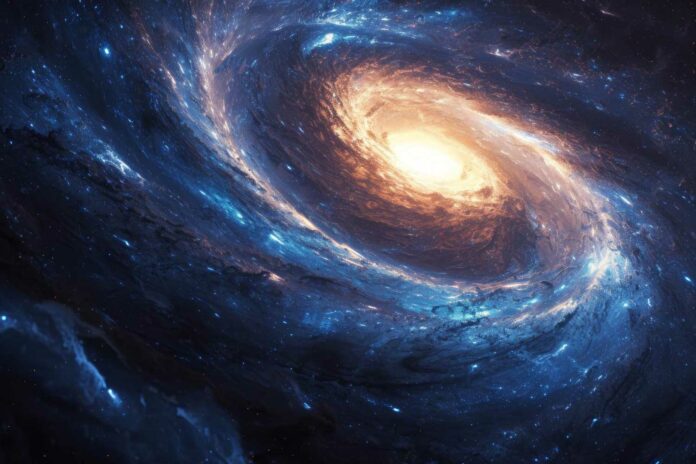A team of researchers has created the most comprehensive map of active supermassive black holes, or quasars, found at the centers of galaxies. Despite being black holes, quasars are some of the universe’s brightest objects.
This new map plots the locations of almost 1.3 million quasars in both space and time. It includes quasars that emitted light when the universe was as young as 1.5 billion years old, despite its current 13.7 billion years.
David Hogg, a professor of physics and data science at New York University and senior research scientist at the Center for Computational Astrophysics at the Flatiron Institute in New York City, collaborated on the map’s creation. He points out that this catalog offers a three-dimensional map that covers the biggest area of the cosmos ever explored, even though it might not have the most quasars or the best measurements.
The Donostia International Physics Center in Spain postdoctoral researcher Kate Storey-Fisher led the study team that published their findings in the Astrophysical Journal. This thorough atlas provides new opportunities to investigate the distribution and evolution of quasars throughout cosmic history.
The scientists created the new map using information from the European Space Agency’s Gaia space telescope. Gaia’s primary goal is to catalog the stars in our galaxy. Still, when it scans the sky, it sometimes unintentionally detects things not part of our galaxy, like quasars and other galaxies.
Storey-Fisher, who conducted some of the work as an NYU doctoral candidate, said, “We were able to make measurements of how matter clusters together in the early universe that are as precise as some of those from major international survey projects—which is quite remarkable given that we got our data as a ‘bonus’ from the Milky Way-focused Gaia project.”
Astronomers can also use the locations of distant quasars and the galaxies they contain to learn more about the evolution of the universe’s expansion. For instance, to examine how tightly matter clusters in the cosmos, scientists have already contrasted the new quasar map with the cosmic microwave background—the universe’s oldest light.
Storey-Fisher said, “It has been very exciting to see this catalog spurring so much new science. Researchers worldwide are using the quasar map to measure everything from the initial density fluctuations that seeded the cosmic web to the distribution of cosmic voids to the motion of our solar system through the universe.”
The team used information from multiple sources, including Gaia’s third data release, which included 6.6 million quasar candidates, to produce the comprehensive quasar map. They added data from the Sloan Digital Sky Survey and NASA’s Wide-Field Infrared Survey Explorer. By integrating both datasets, the researchers improved the precision of distance measurements to the quasars and removed extraneous objects from Gaia’s original dataset, such as stars and galaxies.
The group also produced a map showing locations where stars, dust, and other cosmic objects could block our view of particular quasars.
Hogg said, “This quasar catalog is a great example of how productive astronomical projects are. Gaia was designed to measure stars in our own galaxy, but it also found millions of quasars simultaneously, giving us a map of the entire universe.”
Journal Reference:
- Kate Storey-Fisher et al, Quaia, the Gaia-unWISE Quasar Catalog: An All-sky Spectroscopic Quasar Sample The Astrophysical Journal (2024). DOI: 10.3847/1538-4357/ad1328
